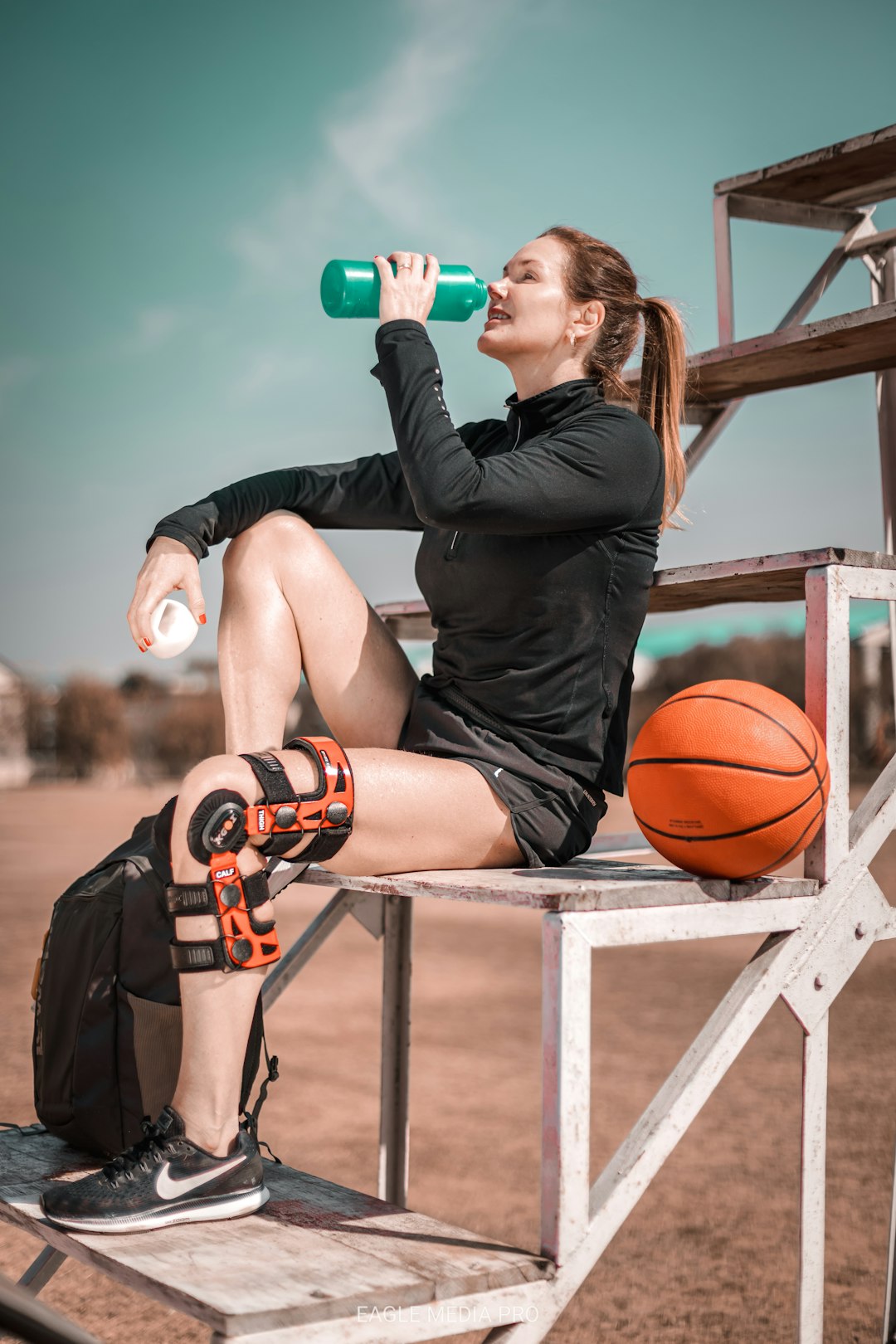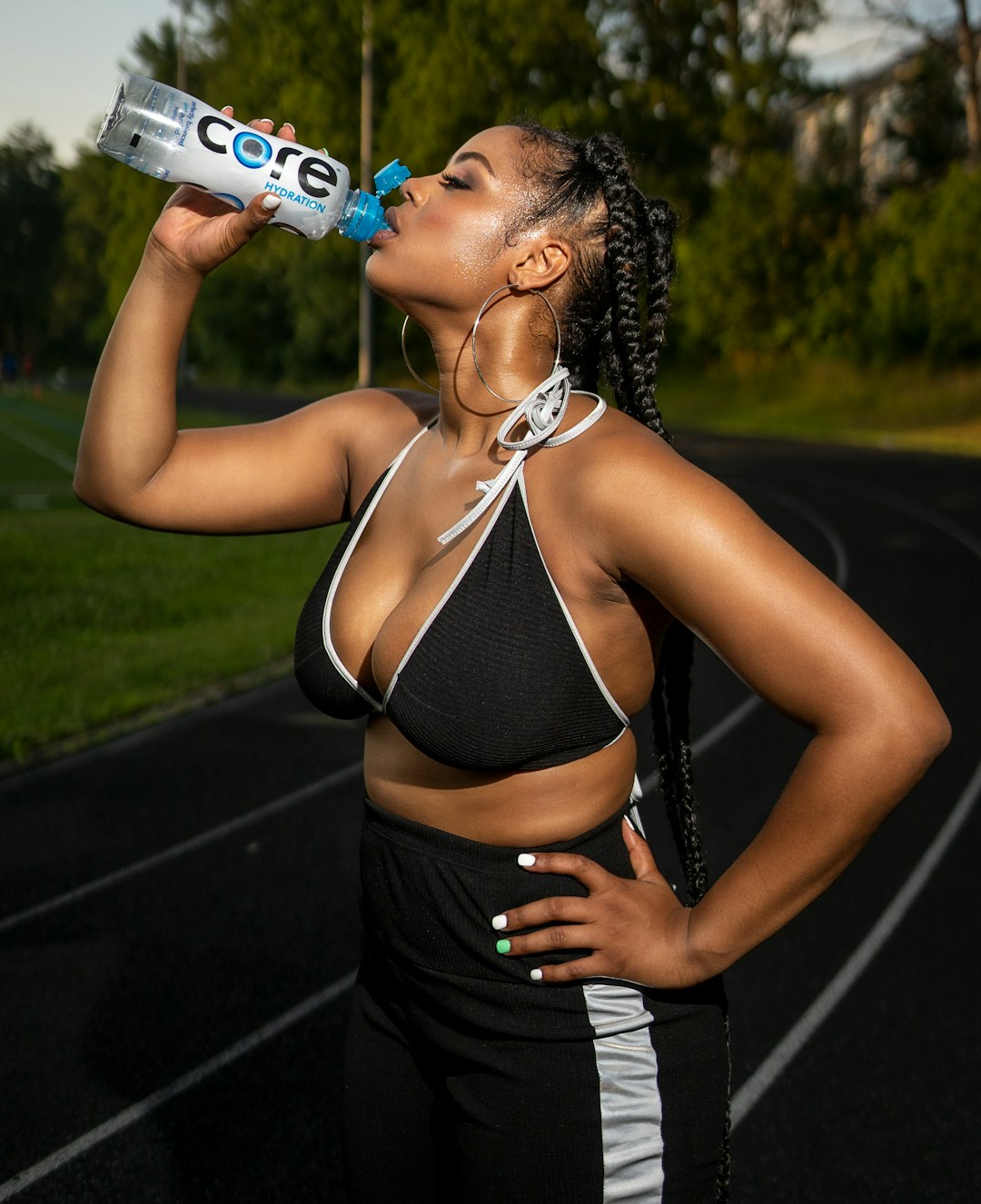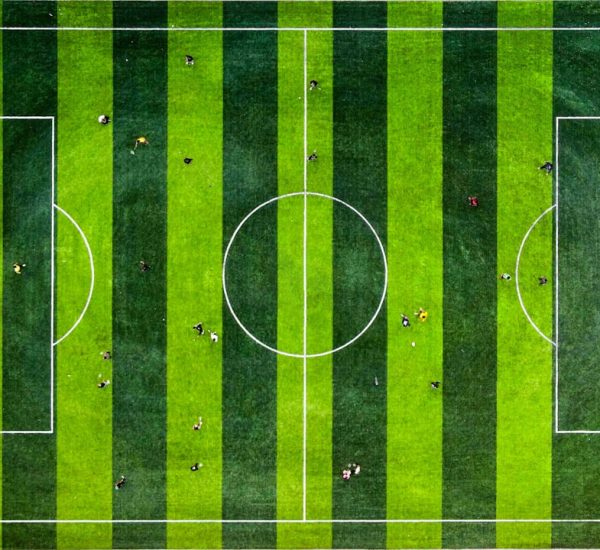If you’re an endurance athlete in the USA, hydration isn’t just helpful—it’s critical. Whether you’re running marathons, cycling across states, or swimming laps, keeping your body well-hydrated can make the difference between finishing strong or not finishing at all.
Why Hydration Matters
Think of water as your body’s fuel booster. When you sweat, you lose fluid and electrolytes. That means your muscles won’t work right, your energy drops, and your brain can get fuzzy. Nobody wants to feel like a raisin mid-race!
Plus, staying hydrated helps you:
- Regulate body temperature
- Prevent cramps
- Maintain focus
- Keep energy levels up
Know Your Sweat Rate
This is your secret weapon. Everyone sweats differently, so knowing your personal sweat rate helps you figure out exactly how much to drink.
Here’s a quick way to test it:
- Weigh yourself before your workout.
- Do a 1-hour workout. Track how much you drink.
- Weigh yourself after. The difference tells you how much water you lost.
If you lost 1 pound, that’s about 16 ounces (0.5 liters) of fluid. That gives you a guide for how much to replace during longer sessions.
Before You Work Out
Start hydrated! Don’t wait until you’re thirsty.
- Drink 16–20 ounces (about 500–600 ml) of water 2–3 hours before.
- Add a pinch of salt or an electrolyte tab if it’s hot or you plan to push hard.

During Endurance Events
This is where many athletes struggle. You can’t chug a liter at once—it must be steady and smart.
- Drink 5–10 ounces (150–300 ml) every 15–20 minutes.
- Use a mix of water and electrolyte drinks. Sodium, potassium, and magnesium are key.
- In races over 90 minutes, include drinks with carbs too. Aim for 30–60 grams of carbs per hour.
And yes, sports drinks aren’t just a marketing gimmick—they actually help in long sessions. Just avoid the super sugary ones.
After the Workout
Don’t stop once the race or ride is done. Hydration matters after too.
Here’s what to do:
- Drink 16–24 ounces (about 500–750 ml) for every pound you lost.
- Replenish electrolytes with a sports drink or recovery smoothie.
- Eat a salty snack, like pretzels or trail mix, to help your body retain the fluids.

Beware of Overhydration
Yep, you can actually drink too much water. It’s rare, but it happens—especially in long races when drinking out of boredom or nerves.
This can lead to hyponatremia: low sodium levels in the blood. Symptoms? Nausea, bloating, confusion, and even fainting. Not good!
Stick to your sweat rate plan and don’t overdo it. Balance is the key.
Hydration Tools and Tips
- Hydration packs or vests for long trail runs.
- Electrolyte tablets you can add to your bottle.
- Apps and watches that remind you when to sip.
- Colored pee test: Pale = good, Dark = drink more!
Bonus Tip: Hydrate With Food
Yup, some foods help you hydrate, too!
Try these juicy options:
- Watermelon 🍉
- Cucumber 🥒
- Oranges 🍊
- Lettuce and spinach 🥬
In a Nutshell
Hydration doesn’t have to be complicated. It just takes a little planning and a lot of sipping.
Remember:
- Start your day with water.
- Know your sweat rate.
- Add electrolytes for long sessions.
- Recover with fluids and salty snacks.
So fill up that bottle, grab your gear, and get out there. Your hydrated body will thank you with faster recovery and better performance!



